The only thing better than homegrown corn in the summer is homegrown corn in the winter. And thats where Marla comes in. I realized a long time ago that all my labor around the farm and in the garden isn't much good without Marla working her kitchen magic. (She would say, "there's no magic to it, just a lot of hard work".) While this is very true, its magic to me because about the only things I can do in the kitchen are make a sandwich, fry up some eggs, or heat up some leftovers in the microwave. Other than that I'm heading for the local deli to buy a cheesesteak.
Besides Wendell Berry, my other favorite agrarian writer is Gene Logsdon. Mr. Logsdon in from central Ohio, on the eastern edge of the "corn belt". He grew up on a farm, has been a farm journalist for many years and an actual farmer for almost 30 years, so he knows what he's talking about when he talks and writes about farming. In his book, "The Contrary Farmer" (he uses the word "contrary" to mean not ornery or obstinate but one who goes against the "conventional/industrial agricultural paradigm") is a chapter entitled "King Corn". He starts this chapter with the following two paragraphs:
"The cultivation of maize has probably sent more soil down the Mississippi River in the last century than natural erosion did in the preceding twenty. Clever compilers of statistics say that for every bushel of corn produced, five bushels of soil wash into the lowlands, ditches and streams or blow into the next county. The townships of the midwest spend millions of dollars annually to clean out the dirt that oozes into roadside ditches, and this is the least of the erosion cost that the earth must bear. Much of the soil is lost from farms owned by wealthy people, who rent their land to farmers who produce surplus corn on it, subsidized by taxpayers. Perhaps we are quite demented; I see no other suitable explanation."
"I know a farmer rich enough to have retired years ago, who instead filled every building on his several farms with corn while he waited fruitlessly for a year when prices would go up high enough to make a killing on sales. When he ran out of other space, he knocked a hole in the roof of an abandoned country school on his property and filled this, too. That scene, plus one other, of a hog standing in the doorway of what had once been a pretty country church, say more about the decline of rural life than anything I could write."
"Look at what we have done with our "labor-saving" technology. Consider for example a 160-acre field of corn. Forty years ago, this field was a whole farm, with house and barns and animals and many kinds of crops and people in the fields (and in and around the homestead). The buildings, woodlot and fences have now been bulldozed away, the animals transferred to confinement factories where they must be heavily medicated to prevent disease. The people have gone away too, most to the boredom of the assembly line or the hopelessness of no steady job at all. In the spring, a lone man, often hired at minimum wages, jockeys monster equipment over the 160 acres and in a couple of days plants the whole parcel. Before or after, a custom sprayer applies poisons. All summer the field is empty of activity except for an occasional Indian artifact hunter (me) and the deer. Again in the fall monster harvesters and semi-trucks or grain wagons appear on the field, causing terrible compaction if the soil is wet, and whisk, whisk, whisk, the corn is gone. One such "farmer" I know, groggy with lack of sleep after forcing himself to keep his $100,000 harvester going into the night, accidentally ran over and killed his hired man, who had crawled under the machine to check a bearing.
Meanwhile the people who might have harvested that corn with communal, physical labor, get their exercise jogging along the road, risking being run over, radios plugged into their ears in an effort to alleviated their painful, panting boredom.
Compare that picture to a scene I recently observed. I had gone into a cornfield owned by an Amish farmer to find out from the owner when he would have time to press and boil down my sorghum molasses. Half of the field had already been cut with binder and horses, and a group of men and boys were moving across the field, setting up the bundles strewn on the ground into shocks. I approached them through the standing corn and they could not see me. I was in the situation all writers yearn for: I was invisible. Were these farmers bent over in pain and boredom at their "backbreaking, tedious" work? No way. They were jabbering away in German to the tune of almost continuous laughter while the boys wrestled and played tag between the shocks. They were having a party, working hard!"
Yes, corn is a wonderful, God-given blessing. But when it, (like many other things in this life) is misused, abused and exploited for economic gain it begins to loose its beauty and benefit to mankind. May God help us all, no matter how big or small our "farm", to be faithful caretakers of all that He has entrusted to us. The health and well-being of our children and grandchildren depend on how we care for our land today.
Blessings to you my friend,
Todd
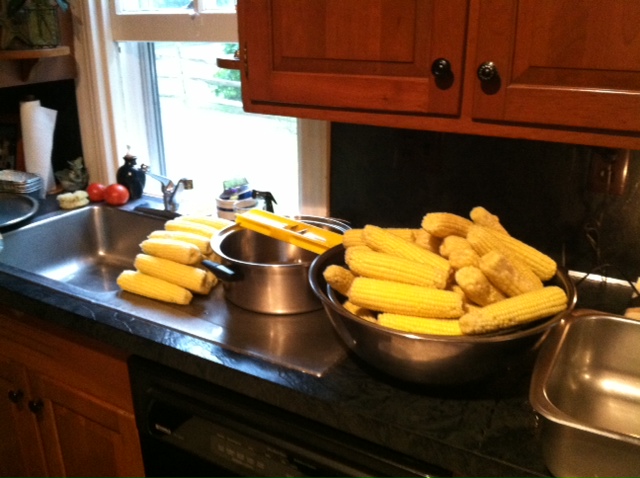
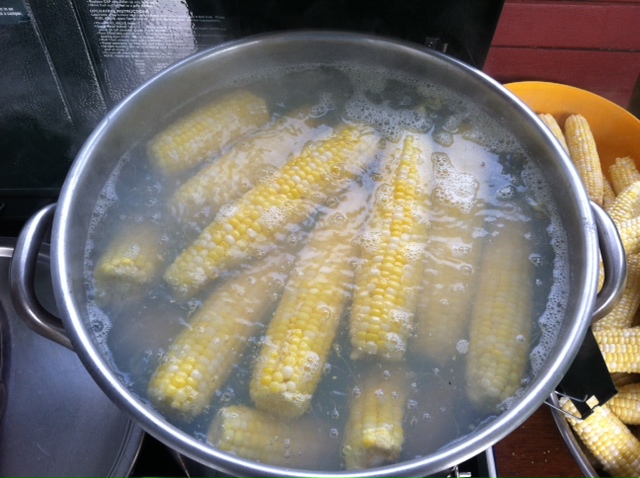
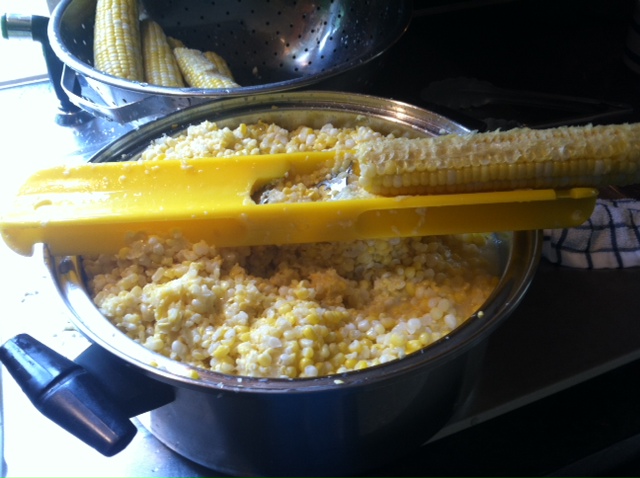
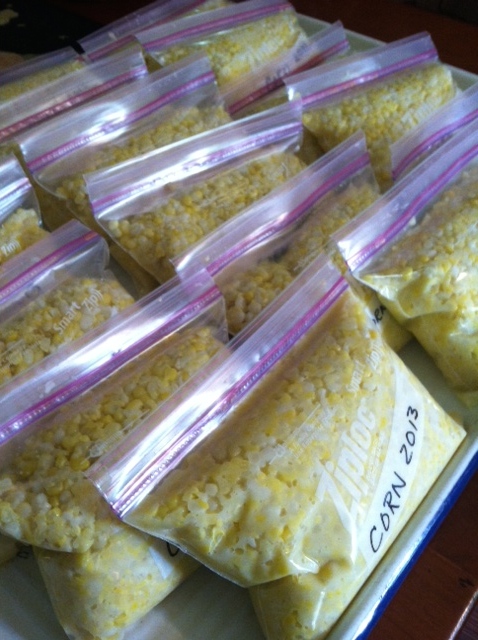
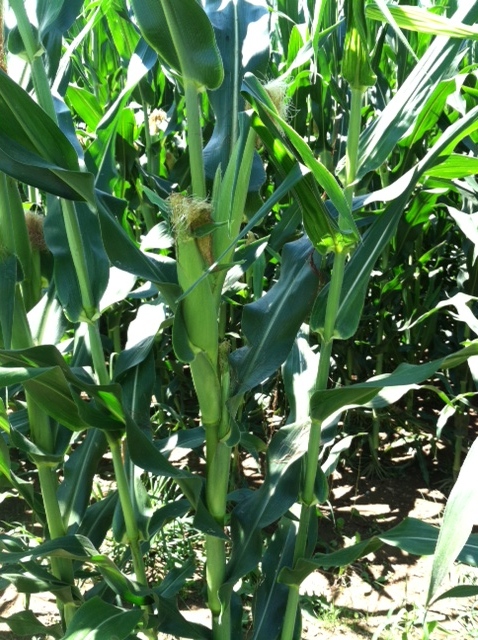
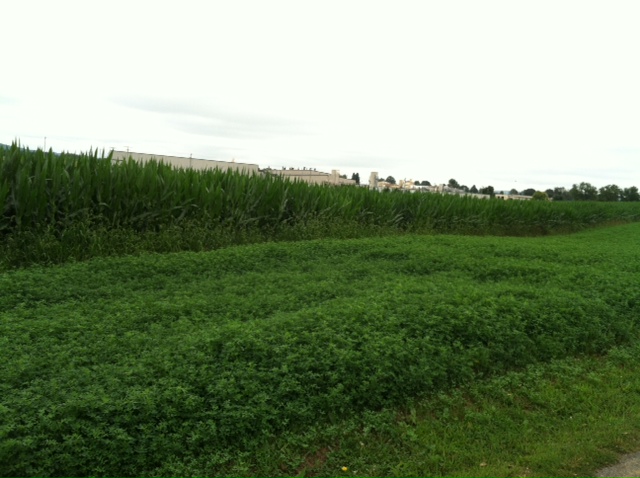
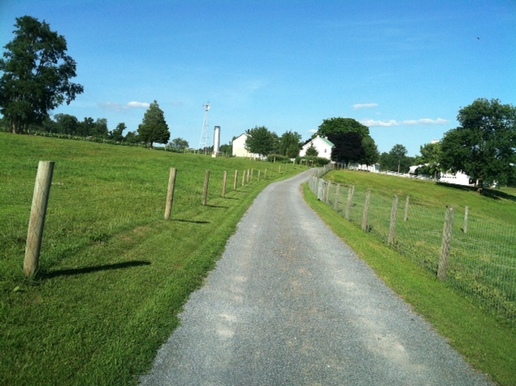
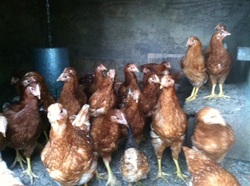
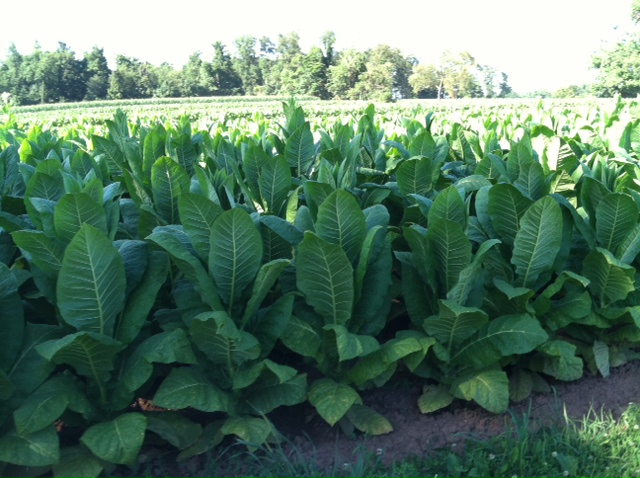
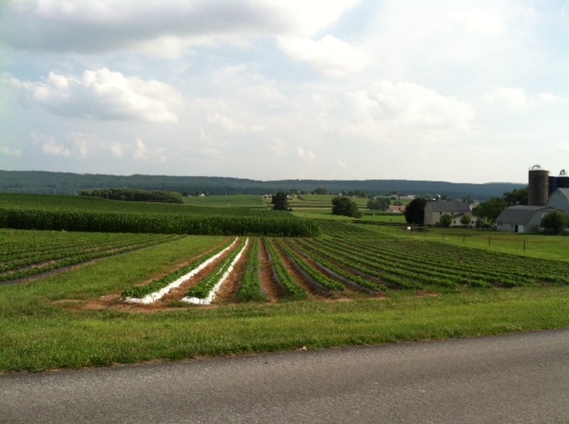
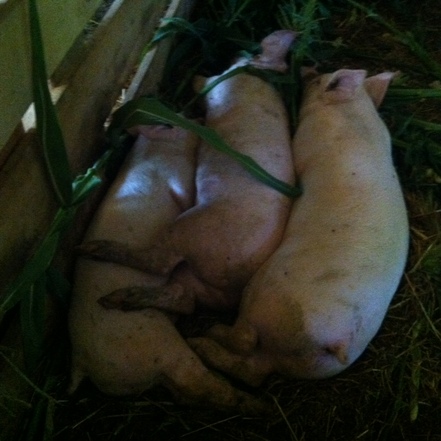
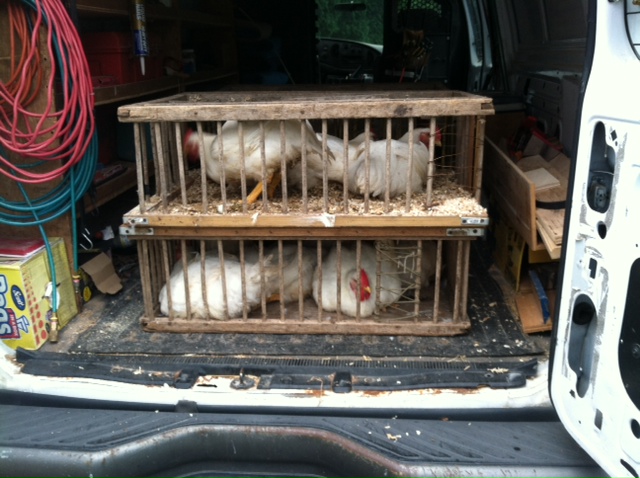
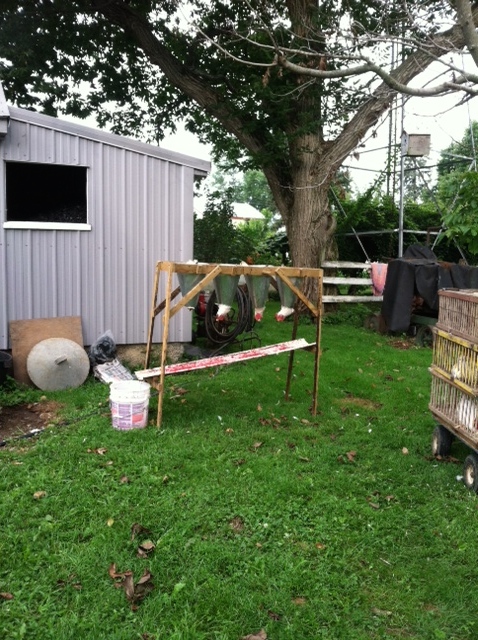
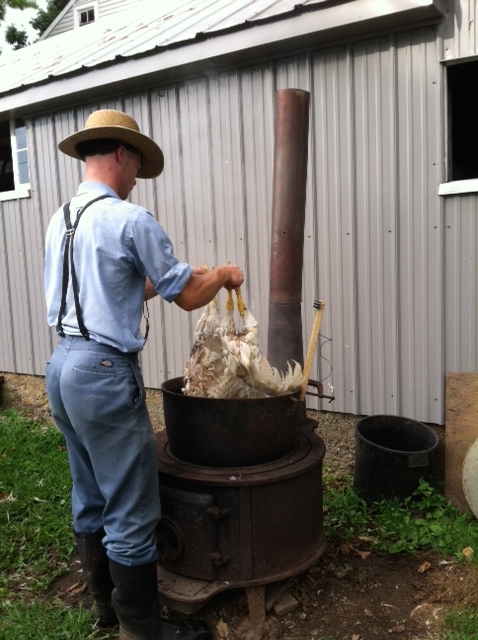
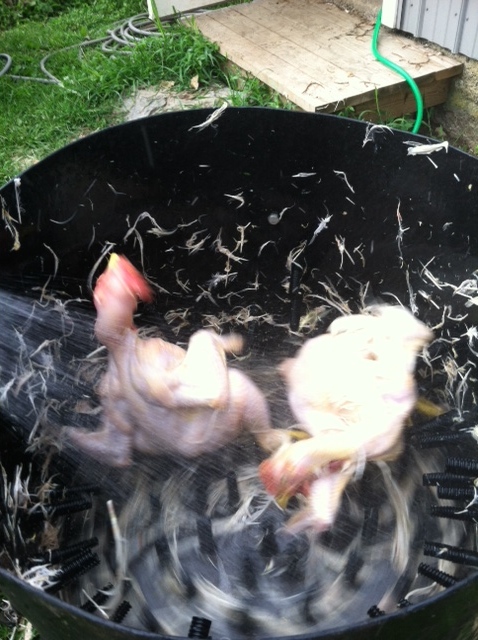
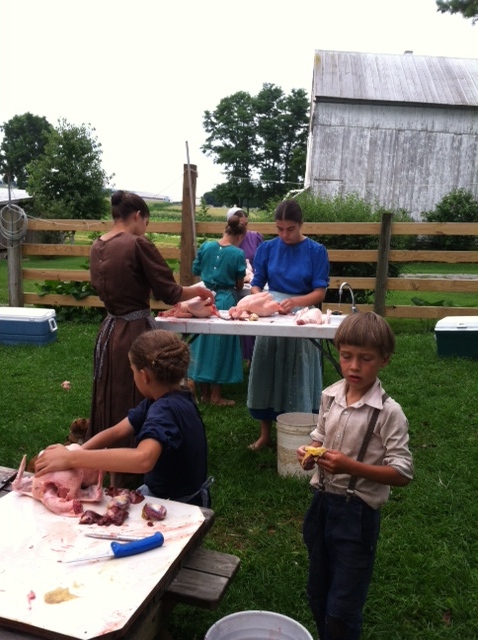
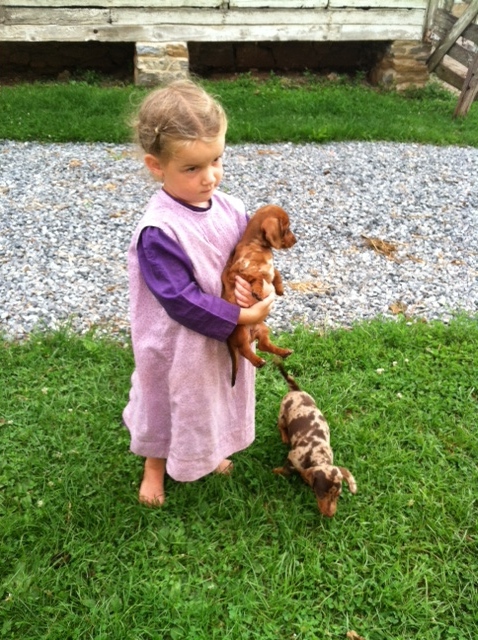
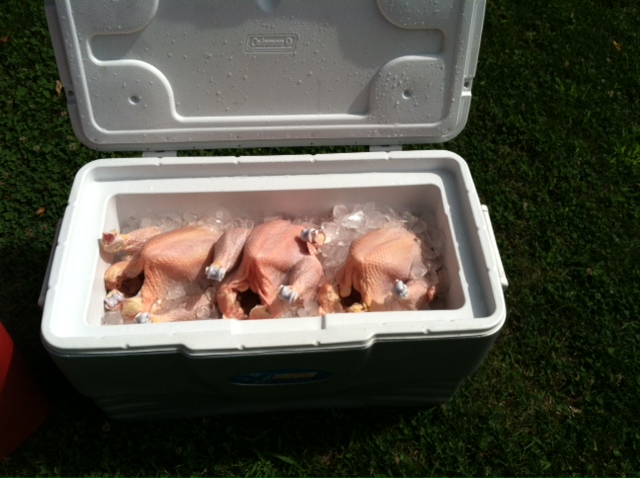
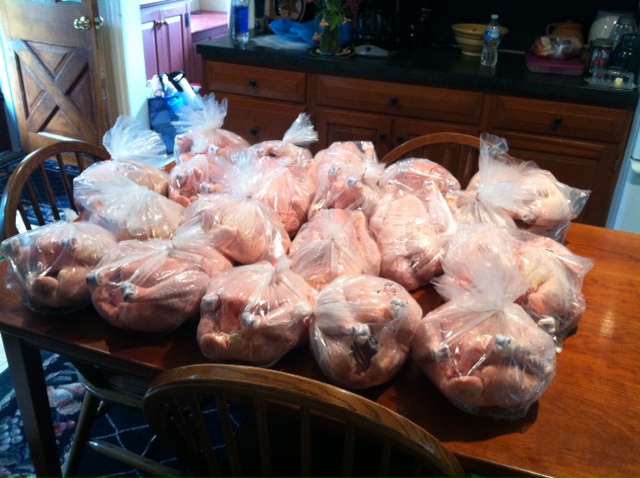

 RSS Feed
RSS Feed
